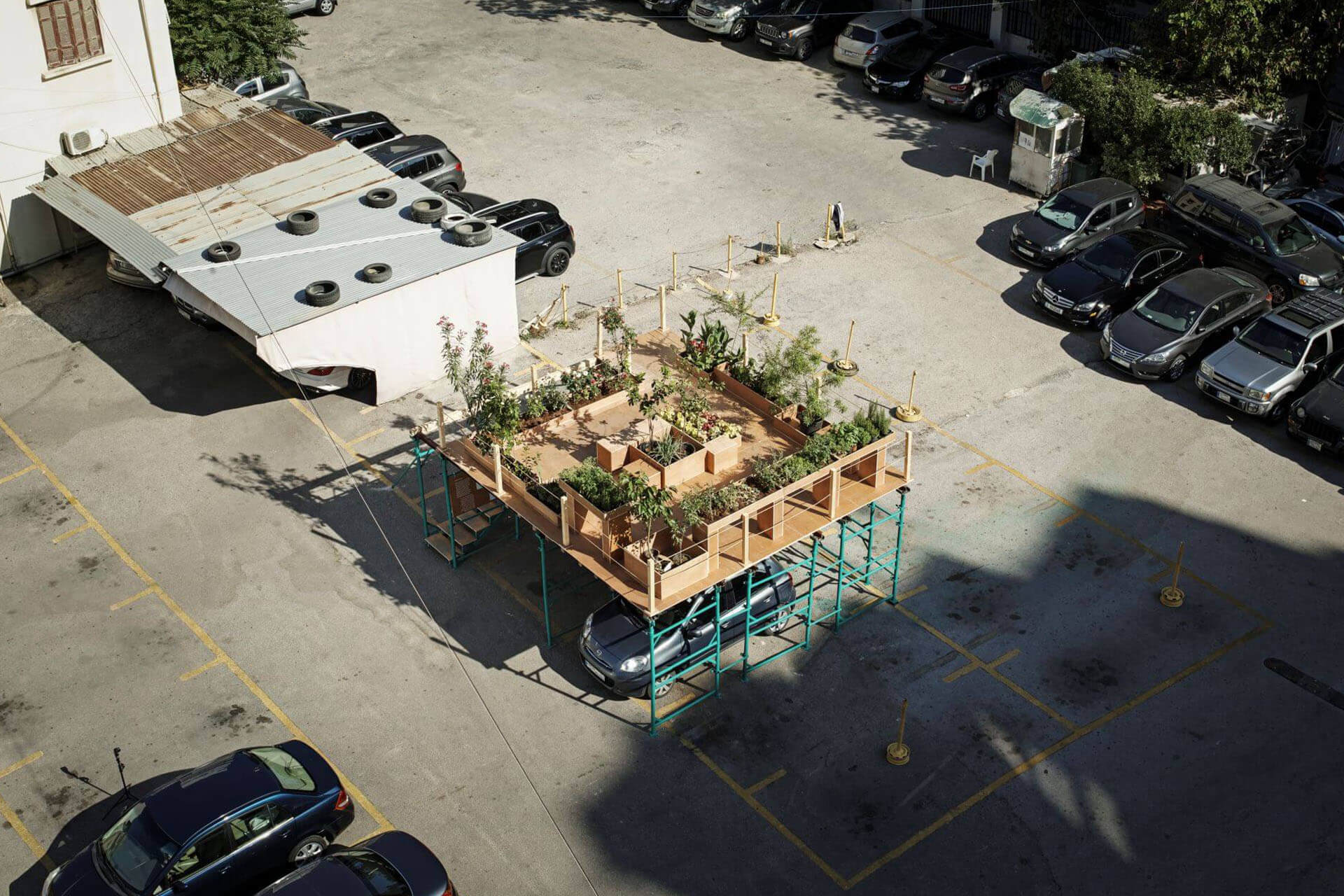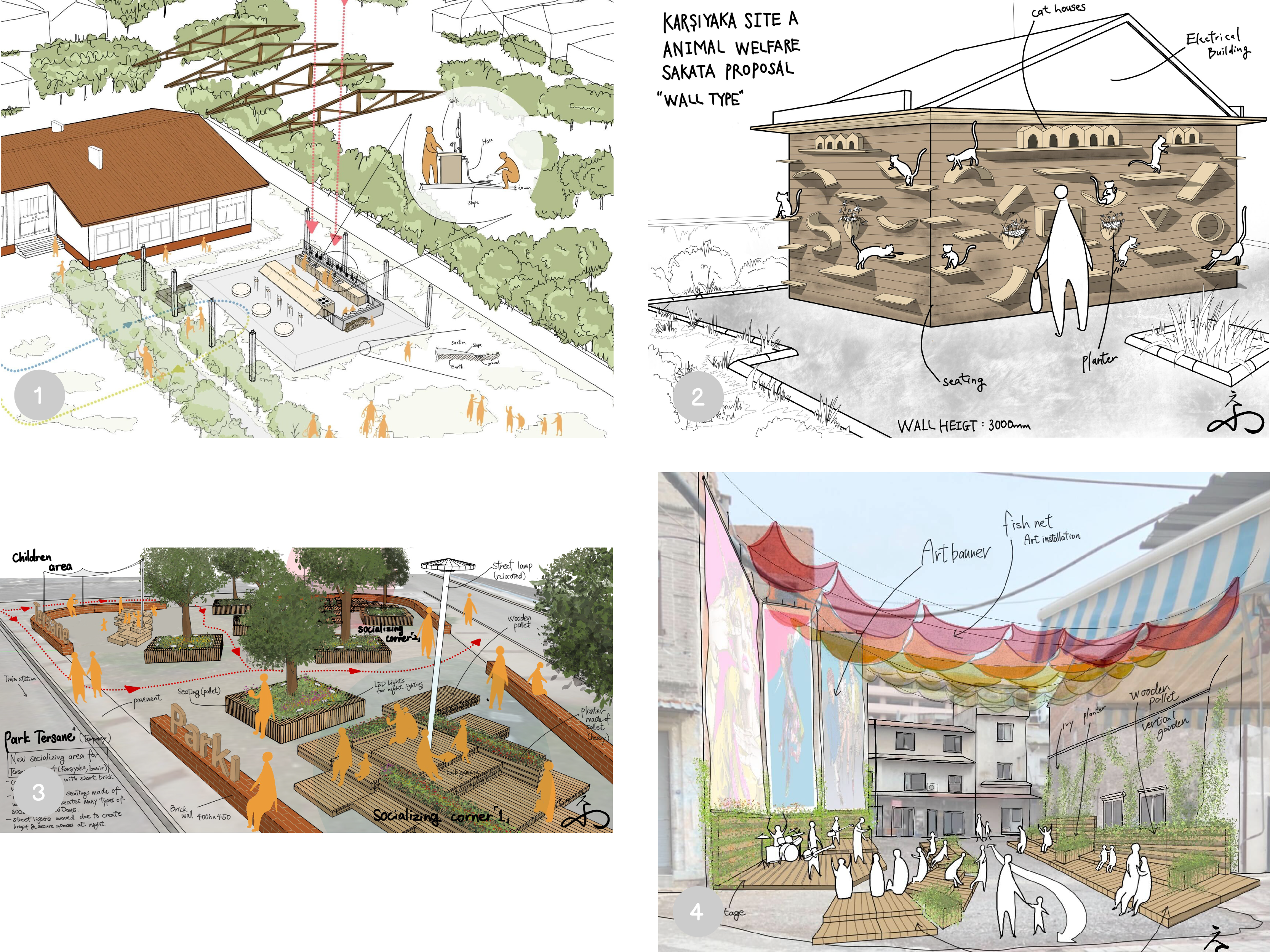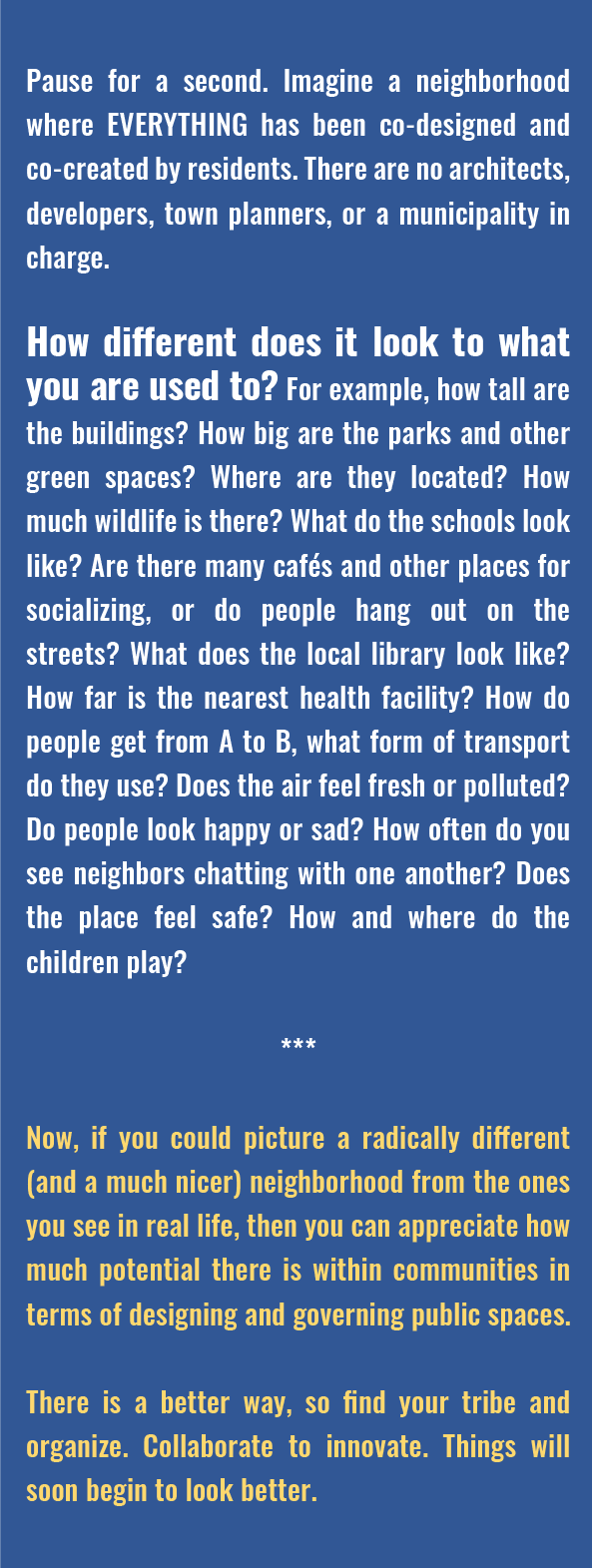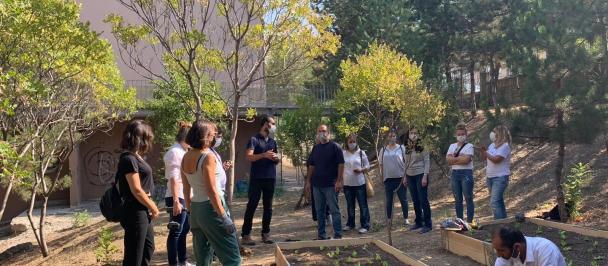Choosing labels for new concepts is always tricky. The person who coins a new term usually tries to make it easily understandable but also interesting to draw people’s attention to the subject—eccentric labels do the latter well, that’s for sure. ‘Tactical Urbanism’ is one such example; it brings two seemingly unrelated words together which generates sentiments of curiosity and slight bewilderment amongst those coming across it for the first time—that is if you are not already an urban scholar, professional, or enthusiast. For the rest of us, let’s demystify the concept before we move on; Tactical Urbanism (aka do-it-yourself (DIY) urbanism, city repair, urban acupuncture, or urban prototyping) is an action-oriented approach that can be adopted by various groups to create flexible, scalable and often temporary urban spaces relatively quickly and using low-cost materials. Mike Lydon, who coined the term several years ago, described it as short-term action for long-term gain which summarizes the approach perfectly. For those who prefer a more official definition, here is a good one: “tactical urbanism refers to a city, organizational, and/or citizen-led approach to neighbourhood building using short-term, low-cost, and scalable interventions to catalyze long-term change.”[1]
One of the most appealing features of tactical urbanism projects is their roll-out speed; they are usually delivered within days rather than spread over weeks and months. This short timeframe gives everyone involved the chance to see the results of their efforts very quickly and build a sense of achievement and pride. Furthermore, these interventions almost always create noticeable positive transformations within communities, they also democratize innovation thanks to their bottom-up design and co-creation principles. Additionally, when successful, most of the outputs can easily become permanent fixtures in urban environments. In terms of agents, anyone can get involved in tactical urbanism, including community-based organizations (CBOs), concerned citizens, civil society organizations (CSOs), and local authorities. It is, by definition, an inclusive and participatory community-building practice, which is more needed than ever given the levels of social division seen in many countries.
There are excellent examples of tactical urbanism worldwide; ranging from a frustrated mother’s placing of buckets filled with orange flags at both ends of a crosswalk to improve pedestrian safety to the installation of a large pop art sculpture to give life to a newly created public square. The scale and budget of these interventions may vary, but the effect/investment ratio is usually pretty impressive compared to conventional public space projects led by municipalities or private firms. These days, my personal favourite is London-based Lebanese artist Nathalie Harb’s Urban Hives concept—an intervention that introduces green spaces in parking lots by proposing a low-cost, modular structure, that provides a shaded area for parking beneath and garden space above. The structure enables urban farming, mitigates pollution and provides an open green space for the local community.
Nathalie Harb’s ‘Urban Hive’ concept Source: https://www.londondesignbiennale.com/nathalie-harb
You may be wondering where I am going with this and what it means for Accelerator Lab Turkey. Our interest in experimenting with tactical urbanism grew from a recent opportunity created by the Government of Japan in partnership with UNDP. Our lab was among a small group of UNDP Accelerator Labs that received funding to carry out innovative projects where Japanese knowledge and skills were utilized in different ways. In the first phase of this collaboration, we successfully delivered a multi-partner, international ‘placemaking’ project in a small coastal town where something like that had never been tested before. Perhaps more impressively, we were able to do this in the middle of a pandemic that imposed various constraints on everyone involved. You can read our latest blog on it here.
On completing the aforementioned project, we received further funding from the same donor to extend our collaboration with Sotonoba, our Japanese partner with whom we were previously matched. This time, we wanted to explore a ‘lighter’ approach that would allow us to easily mobilize action on the ground and create a series of low-cost, short-term interventions (lasting 2-3 weeks on average) to transform underutilized and/or uninviting spaces in different parts of a city. To celebrate our latest partnership with Izmir Metropolitan Municipality, we decided to carry out all these interventions in the city of Izmir. The city is often referred to as the most progressive in Turkey, which is visible in locals’ attitudes and in the way the city is governed by its 31 local authorities. It is a stunning part of the country, adored by its residents and the millions of tourists who visit each year. However, like many cities throughout the globe, Izmir has ample potential to improve its current ways of operating in various areas, particularly public space design and management.
Our planned interventions are currently underway, we will share further details in the coming weeks. But if you are curious about what sort of places we are aiming to create, here is a short summary:
- A communal kitchen in a former schoolyard
- A courtyard where stray animals will find shelter and where locals can socialize
- A pocket park to provide a relaxing green space for the locals in a densely built area
- A wall art installation facing an unused open space in the historical part of the city
Drawings by: Eflatun Fikret Ono Yılmaz (Sotonoba)
We hope that these interventions will bring about a profound shift in how local communities and municipalities think about and approach the creation and governance of public spaces. This being our ultimate goal, we are also interested in testing out a few things to further develop our understanding of different types of urban interventions (of which tactical urbanism is one) and how relevant processes unfold and facilitate their scaling. We are particularly curious about these two points:
- How can local authorities build organizational capacity to invest in and encourage community-led tactical urbanism? What barriers and opportunities exist?
- What are the local communities’ needs and priorities when it comes to creating flexible, short-term and low-cost urban interventions?
In exploring these and other questions (which will no doubt emerge during the experiment), we are acutely aware of one simple fact: although it has already become an international movement, the notion of DIY (do it yourself) urbanism is still foreign. Many might even be fearful of the concept due to its unscripted nature and the myriad of possible outcomes—especially those who govern our cities. As such, its potential as a transforming urban practice is currently underutilized. Our aim with the new project is to galvanize municipal action and inspire citizens to become changemakers, at a pace they find comfortable. Since the locations we picked in Izmir will experience this approach for the first time, perfection is not what we are after. We simply wish to see how things will pan out and eventually develop a scalable model that can be reproduced in other regions of the country.
An intervention at its core is an intentional act to fix what is perceived to be broken. However, tactical urbanism applications do not need to emerge as reactions to a crisis. They should happen all the time and everywhere because they represent the most promising paradigm one could imagine—a paradigm in which design is not a vision of some creative individual or a select group but a true reflection of collective identity and intelligence at the local level. I think once you know there exists a better, more humane, way to create shared spaces and public goods, you begin to find conventional approaches more and more restrictive. At least that was my hope with this piece.
If you are interested in learning more about tactical urbanism, here are some useful resources:
- A large collection of tactical urbanism guides and tools, available at: http://tacticalurbanismguide.com/
- The Street Plans Collaborative’s brilliant volumes on tactical urbanism, available at: https://issuu.com/streetplanscollaborative
- ARUP’s paper on tactical urbanism, available at: https://www.arup.com/perspectives/publications/research/section/tactical-urbanism
- The High Streets Task Force’s 10-point checklist for adapting public spaces to better meet user needs, available at: https://www.highstreetstaskforce.org.uk/reopening-high-streets-safely/temporary-public-realm-changes/
- The Institute of Development Studies’ report on tactical urbanism in low- and middle-income countries, available at: https://opendocs.ids.ac.uk/opendocs/handle/20.500.12413/15652
Gokce Tuna is Head of Exploration at UNDP Turkey Accelerator Lab. You can follow her on Twitter: @G_innovates
[1] Source: http://tacticalurbanismguide.com/about/

 Locations
Locations





